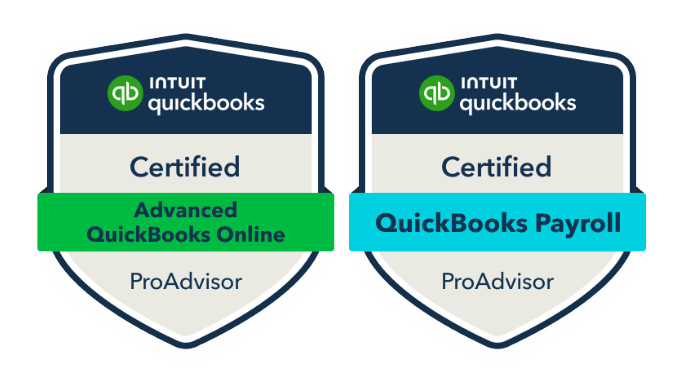Let’s start with a confession: I once skipped tracking my cash flow for a few months. (Shocking for a bookkeeping pro, right?) It was during a busy season, and I told myself I’d “get to it later.” Spoiler alert: I didn’t. And when I finally sat down to review the numbers, I realized I’d been flying blind—overestimating income and underestimating expenses. It was like trying to drive a car with no fuel gauge. Never again.
So, if you’ve ever felt a twinge of panic thinking, Where did all my money go?—you’re not alone. But don’t worry, we’re about to fix that.
What is Cash Flow, Anyway?
Cash flow is the movement of money into and out of your business. Think of it as your business’s heartbeat: the steady rhythm of income (like payments from clients) and expenses (like rent, supplies, and your coffee addiction). Positive cash flow means more money’s coming in than going out—a happy place for any business. Negative cash flow? Not so fun.
Why Does Cash Flow Tracking Matter?
Tracking cash flow regularly isn’t just “good practice.” It’s the difference between thriving and scrambling to cover payroll. Here’s why it matters:
- Avoid Surprises: Imagine getting a bill you forgot about and realizing your account balance won’t cover it. Yikes.
- Plan Ahead: Cash flow data helps you see trends—like slow months—so you can prepare.
- Seize Opportunities: With a clear picture of your finances, you can confidently invest in growth, whether it’s new equipment or that dream second location.
Real Talk: Cash Flow Horror Stories
Let me introduce you to Mike (a plumber) and Lisa (a restaurant owner). Mike once took on a big project, assuming the hefty invoice he sent would keep him flush with cash. But guess what? The payment didn’t come in for 60 days, and he was scrambling to pay his suppliers. Meanwhile, Lisa stocked up on extra inventory for a “busy season” that never materialized, leaving her with a pile of unsold goods and a serious dent in her account.
Both stories end on a positive note: they started tracking their cash flow regularly and made smarter decisions because of it. If they can turn things around, so can you.
How to Start Tracking Cash Flow (Without Losing Your Mind)
Here’s a simple process to get you started:
- Create a Cash Flow Statement: If you’re using bookkeeping software, this is just a few clicks away. It shows your inflows (money in) and outflows (money out).
- Reconcile Regularly: Compare your bank statements with your records at least monthly.
- Categorize Expenses: Group expenses by type (e.g., rent, payroll, supplies) to see where your money’s going.
- Forecast the Future: Use past trends to predict future cash flow. This helps you prepare for slow periods or big expenses.
Let’s Get Real
I know what you’re thinking: This sounds like work. And yeah, it is. But it’s also the kind of work that pays off big time. When you track your cash flow, you’re in control. No more guessing games or sleepless nights. And if you need help getting started, that’s what I’m here for.
Your Next Step
Here’s the deal: You can’t grow what you can’t measure. Take 30 minutes today to review your cash flow—or let me help you do it. You’ll be amazed at what a clear picture of your finances can do for your confidence. Ready to take the first step? Let’s talk.
Closing Thought
Tracking cash flow isn’t just a business task—it’s a business superpower. And you? You’re about to become the superhero your business needs. Let’s make it happen.






0 Comments